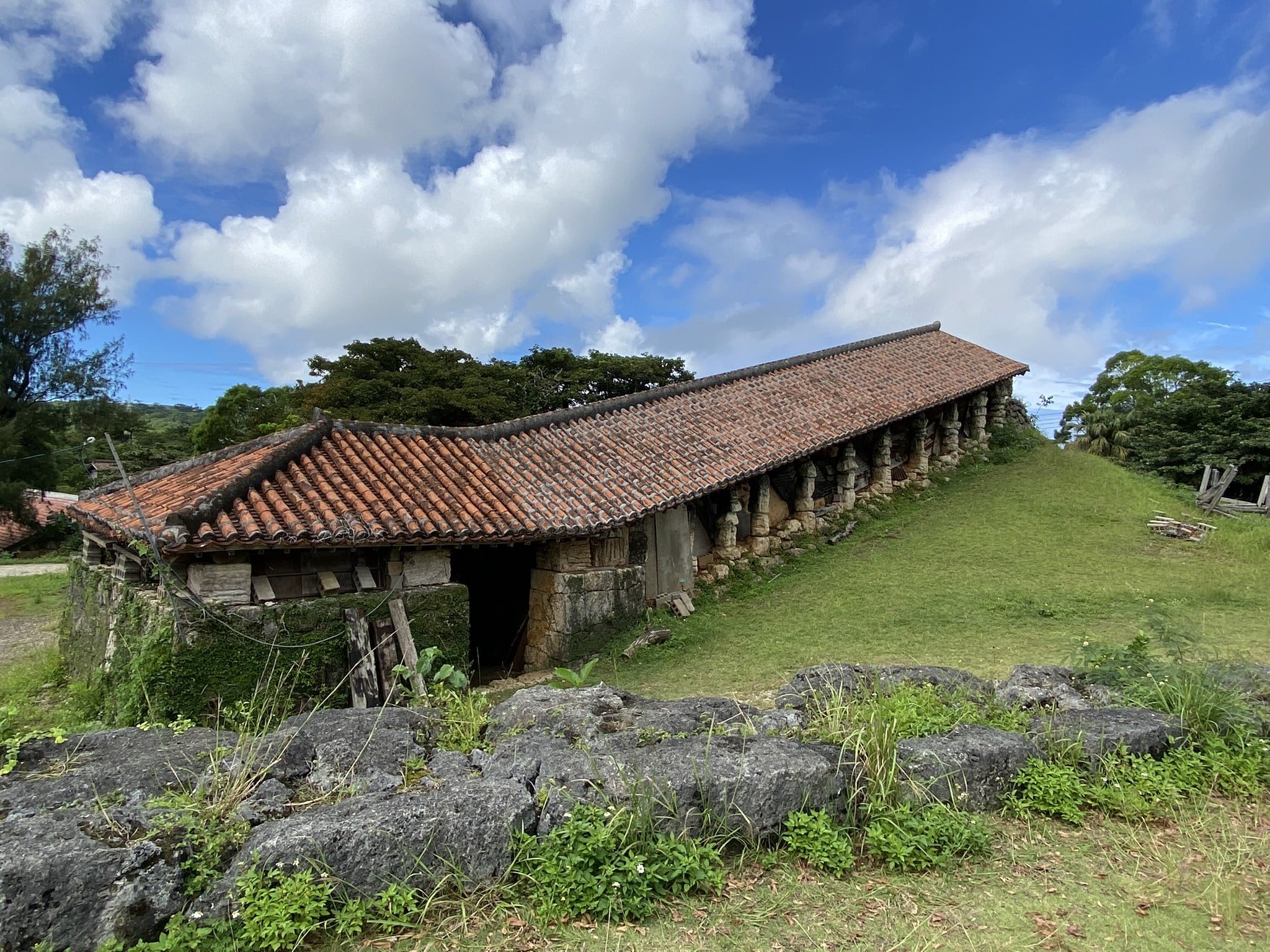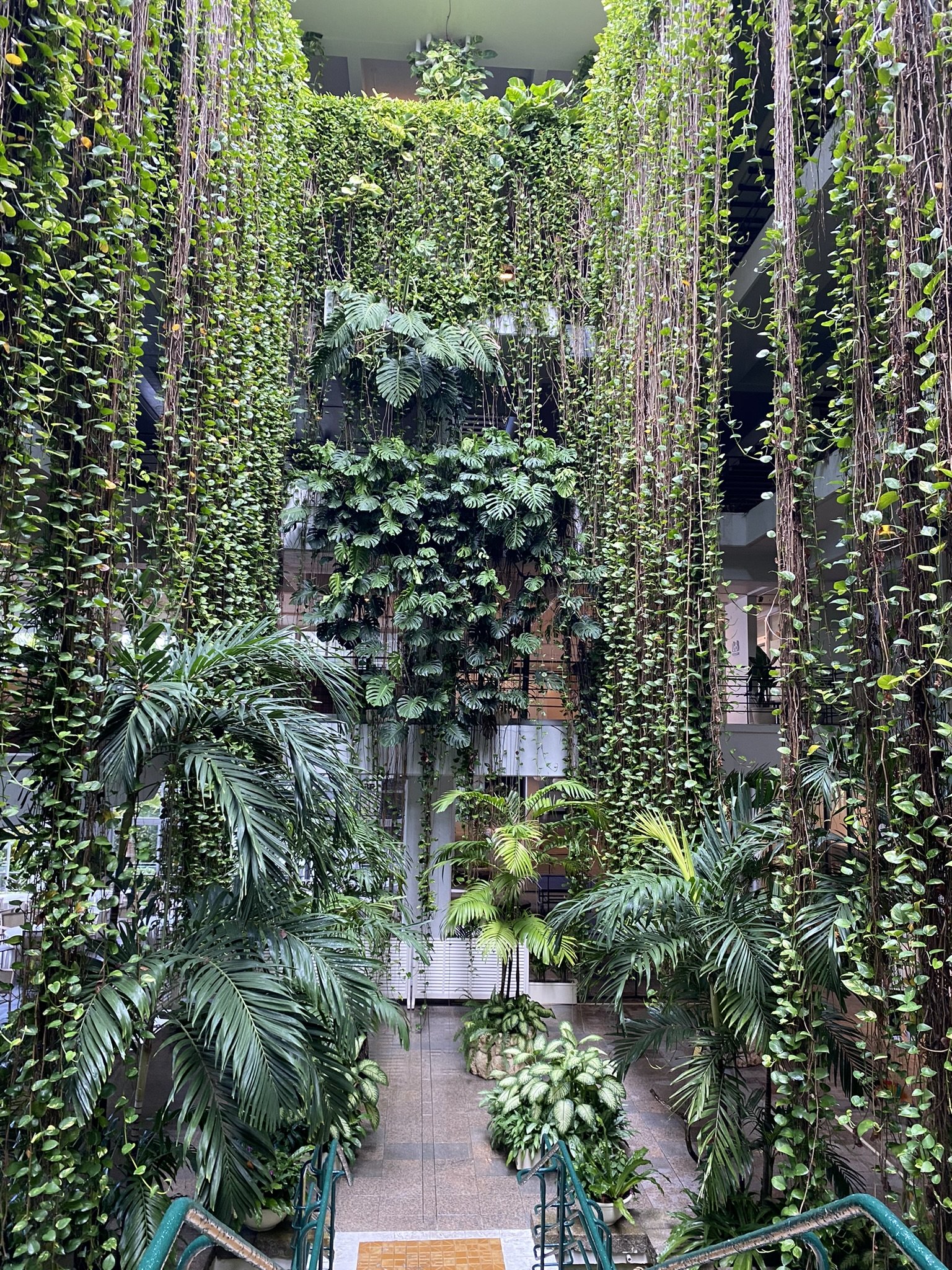Biophilic Design in Japan
Biophilia translate to “love of life” and signifies humans’ innate biological and emotional need to connect to nature. Biophilic elements have been shown to reduce stress, improve cognitive performance and support positive emotions and moods. In contemporary architecture it is considered a fairly new concept.
Michael and Jane recently visited Okinawa, Japan and found ancient and contemporary examples of biophilic design. The atrium shown above is the Hotel Moon Beach which was completed in 1975, in 2002 it was awarded the Japan Institute of Architects’ 25 year award.
The Architect Yukifusa Kokuba said of his project “The Moon Beach concept is an architectural realization of the shade of the banyan tree I once saw. The semi-outdoor space softens the strong Okinawan sunlight and creates an airy space.”
Fukushuen Garden located in the Kume neighborhood of Naha which was once the center of Chinese culture during the Ryukyu Kingdom (1429-1879). The Chinese Garden uses natural materials throughout. The sculpture on the left are eroded natural stones from the edge of the sea and carefully located in the garden.
The paving is made of individual stones in a concentric pattern
The new folk dwelling in Nakijin won the JIA Sustainable Architecture Award in 2019. The architect was ISSHO Architects.
This small contemporary house is based on the traditional Okinawa typhoon-proof houses. The structure and natural ventilation are well thought out.
The Yomitan HIll Kiln was completed in 1980 and won the JIA 25 Year Award in 2011. The architect was Asao Sugama.
The architectural expression of the Yomitan Hill Kiln can be said to be determined by the waste materials. The kiln is made of prewar roof tiles and used telegraph poles which are then combined with field stones.
The form of the building harmonizes with the landscape as it climbs up the hill.









